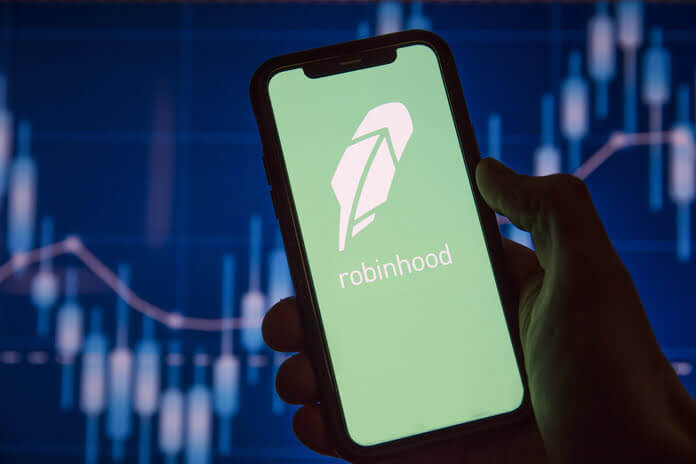Robinhood Markets Inc. (NASDAQ:HOOD) has become a dominant force among younger investors, transforming the retail trading landscape. With shares up more than 421% over the past year, investors are watching closely as Robinhood Q3 2025 earnings approach on November 5. The results could determine whether this momentum continues—or begins to cool.
Robinhood’s Meteoric Rise
Over the last two years, Robinhood has evolved from a trading app into a full-fledged investment platform. Its success has been amplified by a broader market rally driven by enthusiasm for artificial intelligence, tech innovation, and retail investor participation.
Bulls argue that Robinhood (NASDAQ:HOOD) is here to stay as the go-to platform for a new generation of traders. With its expanding suite of products—ranging from stock and crypto trading to retirement accounts—Robinhood is positioned to capture future growth as more young investors enter the market.
However, skeptics warn that the rally may be overextended. Robinhood’s performance is closely tied to market volatility and trading activity. If the broader rally slows, its revenues could take a hit.
Can Robinhood’s Growth Trajectory Continue?
According to Wall Street analysts, the company’s near-term outlook remains bright. Consensus estimates call for earnings per share (EPS) growth of 64.2% in 2025 and 16.8% in 2026, alongside revenue growth of 44.6% this year and 18.5% next year.
The challenge, however, lies in valuation. HOOD stock currently trades at over 81 times forward earnings, a steep multiple that leaves little room for error. If the market rally stalls, maintaining that valuation could prove difficult.
Still, momentum is clearly on Robinhood’s side. In Q2 2025, the company reported EPS of $0.42, surpassing Wall Street’s $0.31 estimate, while revenue hit $989 million, far above the $908 million consensus. Strong retail participation and high trading volumes drove those results—and similar dynamics may be in play for Q3.
What to Expect in Q3 2025 Earnings
Robinhood’s Chief Financial Officer Jason Warnick offered a positive outlook in the Q2 earnings call, noting, “As we enter Q3, we’re off to a fast start in July. Net Deposits are around $6 billion, a really nice pickup from May and June.”
Analysts expect another blowout quarter. EPS is projected at $0.51, up 218.5% year-over-year, while revenue is forecast at $1.21 billion, representing 90.6% annual growth. Upward estimate revisions suggest analysts are increasingly confident in Robinhood’s trajectory heading into the announcement.
Several of the platform’s most heavily traded stocks—including Tesla (NASDAQ:TSLA), Nvidia (NASDAQ:NVDA), and Advanced Micro Devices (NASDAQ:AMD)—have performed exceptionally well in recent months, further supporting potential revenue gains from transaction-based activity.
Is HOOD Stock a Buy Ahead of Earnings?
Given the impressive momentum and analyst optimism, many investors see Robinhood as a short-term opportunity. Of the 22 analysts covering HOOD, 15 rate it as a “Moderate Buy” or “Strong Buy.” The company’s ability to deliver consistent earnings surprises has strengthened investor confidence and fueled its stunning stock price rally.
However, caution is warranted. Robinhood remains a cyclical business, highly dependent on trading volume and investor sentiment. While the Robinhood Q3 2025 earnings could deliver another upside surprise, the stock’s high valuation and sensitivity to market trends mean investors should approach with balanced expectations.
The Bottom Line
All signs point to a strong quarter for Robinhood as it continues to ride the wave of retail investor enthusiasm. The company’s expanding ecosystem and improving fundamentals make it a compelling growth story in the fintech space.
Still, long-term investors should stay grounded. Market cycles inevitably shift, and when volatility fades, trading activity—and profits—can follow suit. For now, though, November 5 is the date that could determine whether Robinhood’s record-breaking run continues into 2026.
Featured Image- Megapixl @ Inkdropcreative1









